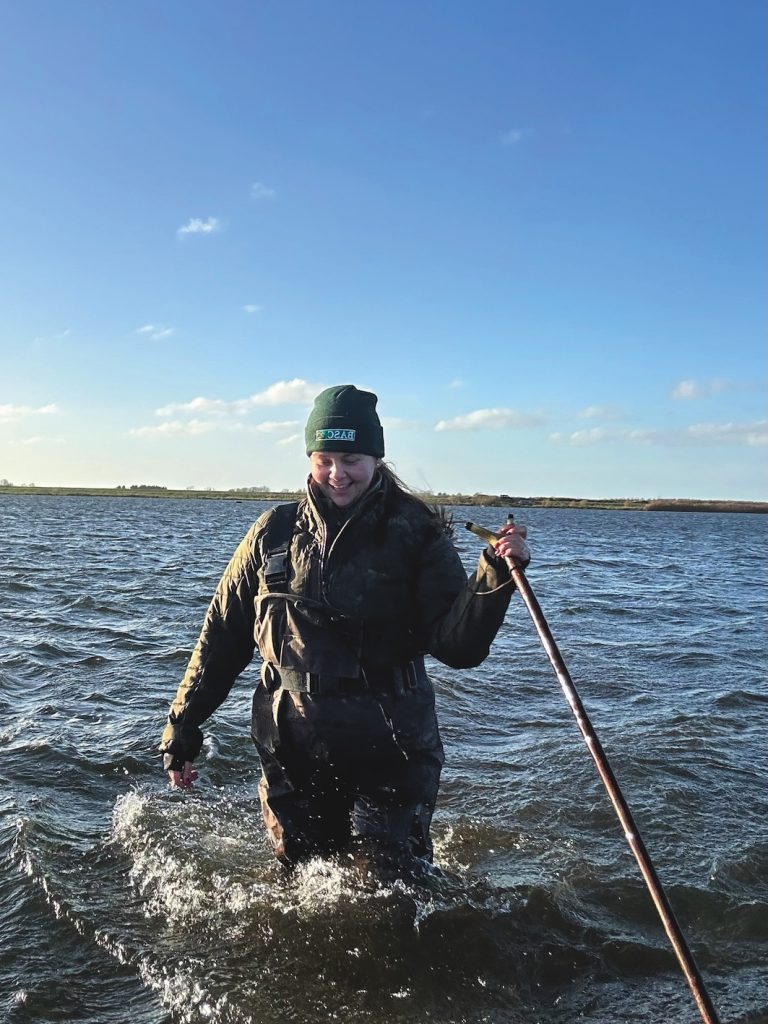Win CENS ProFlex DX5 earplugs worth £1,149 – enter here
Gamekeeping: Ground predators
Cunning and fieldcraft will catch more predators than hundreds of traps alone

I was asked an interesting question by a guest this past shooting season. It was this: how many traps are needed to cover a piece of ground adequately to do a pretty good job of eliminating ground predators?
I guess most keepers will have their own ideas, but what I have noticed in the past few years is a tendency to swamp the ground with traps, to the point where they are more or less “in your face” everywhere you look. I have always thought that I was fortunate to have worked under a couple of headkeepers who were quite simply two of the best, and they taught me a lot. Not always by telling me to do things this way or that, but by my observing what they did, and how they did it. Now, I am well aware that life moves on, and so do methods, but there are certain ground rules which don’t change much when dealing with some predators, and two of the main predators that keepers have to control are still rats and stoats. We may change, but by and large they don’t.
One of the maxims I learned regarding setting traps was that they are more or less the opposite of how children used to be referred to. Children were to be seen and not heard. Traps were not to be seen!
What do we now have on many estates? Alongside every road are rail traps set on posts across the roadside ditch every hundred yards or so. There are so many, and they are so obvious, that I do wonder about the efficacy of them. At least during the heyday of partridge shooting, when every ditch, hedge and wall had traps in them, there was some effort to conceal the fact they were there.
Defeating the object
The current thinking seems to be that the keepers have to prove they are doing their job, and one of the ways to do this is to make the traps obvious to anyone coming on to the ground. It does concern me that this blanket saturation style of trapping may not even be that effective if those setting them are not subtle enough to be able to catch those pests that know what a trap is. And, make no mistake, many pests certainly know what a trap is and won’t go near one. The two headkeepers I mentioned earlier knew exactly how to set traps in a wide variety of ways to catch those animals which are more than difficult to remove.
Sometimes I speak with youngsters whose lack of knowledge would, I suspect, bar them from working in many other countries, where, to become a gamekeeper you need a detailed knowledge of a wide range of things in the countryside, not just how to keep a pheasant, partridge or grouse alive.
Going back to my original question of the number of traps required, my answer may not surprise you. It was simply this: “It is not the number of traps you have on the ground, but how you use them.” The reality is that one keeper may do a far better job than the next, even though he has half or even fewer, of the traps set by the other. What does matter, though, is that he has a far better knowledge of what to do with them to achieve the desired result.
Scottish shoots dilemma
If it were not such a worry for Scottish keepers, I could almost find it amusing that the raptor groups are calling for the licensing of shoots, with, of course, the end aim of closing shoots down. They seem to think that if they get rid of keepers, they will have wall-to-wall raptors.
I presume they are working on the system that a shoot only needs to be “suspected” of persecuting birds of prey to have its licence revoked. I do not apologise for making the point again that if you remove the keepers, the food supply goes. Once that has gone, the production of raptors goes downhill fast — and so do all the other species that we should be really concerned about. It is easy to blame farming for all the ills in the lowlands and uplands when the decline of ground-nesting birds is raised. Do not forget there are hundreds of thousands of things eating those groundnesting birds out of house and home — and there are only so many meals on the table.
Related Articles
Get the latest news delivered direct to your door
Subscribe to Shooting Times & Country
Discover the ultimate companion for field sports enthusiasts with Shooting Times & Country Magazine, the UK’s leading weekly publication that has been at the forefront of shooting culture since 1882. Subscribers gain access to expert tips, comprehensive gear reviews, seasonal advice and a vibrant community of like-minded shooters.
Save on shop price when you subscribe with weekly issues featuring in-depth articles on gundog training, exclusive member offers and access to the digital back issue library. A Shooting Times & Country subscription is more than a magazine, don’t just read about the countryside; immerse yourself in its most authoritative and engaging publication.







